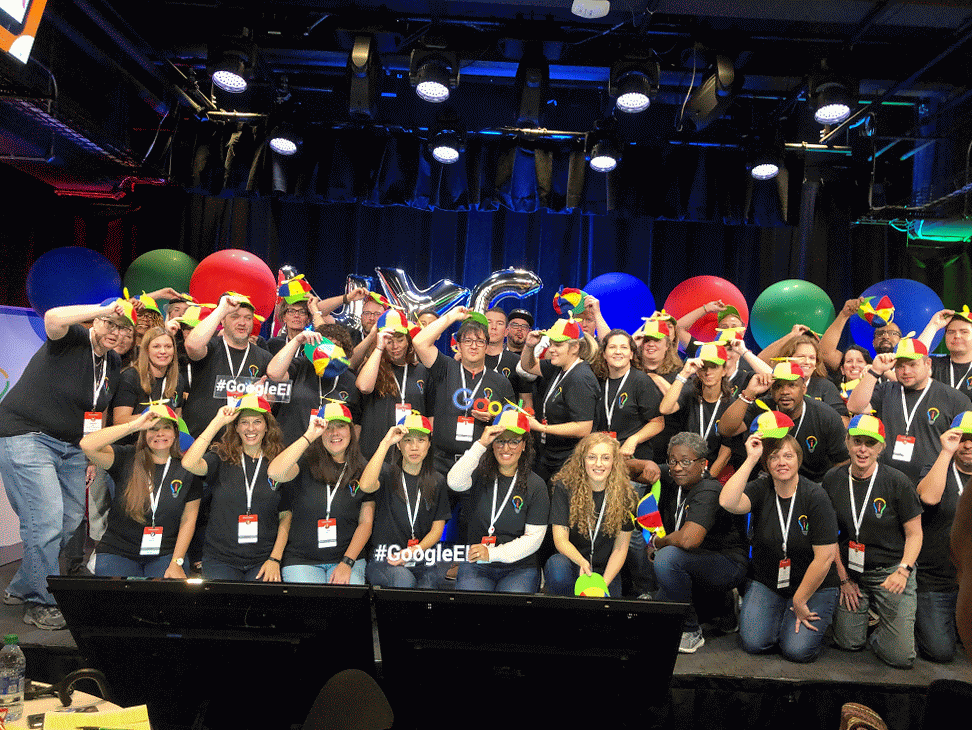In today's digital age, teachers are constantly looking for ways to enhance their productivity and streamline their workflow. Fortunately, Chrome extensions offer a plethora of tools and features designed to make teaching more efficient and effective. These extensions can help you as a teacher organize tasks, collaborate with colleagues, and engage students in the classroom. Let’s explore some of my top Chrome extension recommendations to enhance your daily productivity.

Google Classroom is an indispensable tool for teachers, and the corresponding Chrome extension takes its functionality to the next level. With this extension, teachers can quickly take the page they are viewing and share it to a Google Classroom. It eliminates the need to navigate through multiple windows, copying and pasting, and allowing teachers to save precious time.
Good communication is crucial for teachers, whether it's preparing lesson plans, grading assignments, or providing feedback. Grammarly, a widely popular Chrome extension, helps teachers ensure their writing is clear, concise, and error-free. It automatically detects grammar, spelling, and punctuation mistakes, making it an invaluable tool for enhancing the quality of written communication.
Teachers often find themselves overwhelmed with multiple tabs open simultaneously while conducting research or preparing lesson materials. OneTab is a simple yet effective Chrome extension that allows users to consolidate all their open tabs into a single tab with clickable links. This not only saves system resources but also provides a clutter-free browsing experience, enabling teachers to stay focused and organized.
Evernote Web Clipper empowers teachers to capture and save online content seamlessly. Whether it's articles, research papers, or useful teaching resources, this extension allows teachers to clip web pages and annotate them directly. It also enables teachers to organize their clips into different notebooks, facilitating easy access and retrieval of valuable information.
Kami:
Kami is an exceptional Chrome extension for teachers who work with digital documents, such as PDFs. With Kami, teachers can annotate, highlight, and comment on PDF files directly in their browser. This extension facilitates collaborative assignments, document sharing with students, and the paperless distribution of assignments, eliminating the need for physical copies.
Creating instructional videos and tutorials is an effective way for teachers to engage their students. Screencastify is a user-friendly Chrome extension that allows teachers to record their screens, webcam, or both simultaneously. Teachers can use this extension to create video lessons, explain complex concepts, or provide step-by-step instructions, ultimately enhancing student comprehension and saving valuable classroom time.
Have fun with graphics and Giphy. Teachers can use the Giphy Chrome extension to add funny, moving images and even stickers to slideshows. Easily download, save them to your computer, or drag and drop them into your Google Slideshow for engagement and aesthetics.
In the fast-paced world of education, teacher productivity is of paramount importance. Chrome extensions provide a wealth of tools and features that can significantly enhance teacher efficiency and streamline their daily tasks. By incorporating these extensions into your workflow, teachers can optimize productivity, save time, and ultimately provide a more enriching educational experience for their students.
.jpg)






